An ounce of prevention is worth a pound of cure.
Seasonal Affective Disorder (S.A.D.) is the technical term for describing recurrent depressive episodes characterized by a seasonal pattern. According to research this condition afflicts up to 10% of Americans every year, most commonly in the months of January and February.
Although this condition is commonly referred to as the Winter Blues, it is significantly different from S.A.D. People can perceive changes in Affect – pertaining to the experience of emotion or feeling – along a spectrum:
*In the most severe cases, S.A.D. may lead one to experience thoughts of harming oneself or taking one’s own life. If this applies to you, please consult a professional and seek appropriate medical attention.
Anyone is susceptible to developing this condition because the vulnerability is based on a variety of predisposing factors including but not limited to:
place of origin
race
ethnicity
genetics
medical history
migration from lower latitudes to higher latitudes (in the Northern Hemisphere; vice versa in the Southern Hemisphere)
The brain is a complex dynamic system; therefore, these factors can influence each individual in a variety of unpredictable ways.
Despite this complexity, there are generalizable topics with considerable overlap that can be addressed in order to enhance your Seasonal Affective Defense.
Sleep-Wake Cycles and the Melatonin-Serotonin Balance
Our Sleep-Wake Cycle - also known as the Circadian Rhythm - controls, and is controlled by, several biological clocks that influence our physiology.
Melatonin & Serotonin
…are two important chemicals that help regulate these cycles.
Serotonin production increases through the morning when we begin our day, while Melatonin secretion rises towards the evening as Sleep Pressure deepens.
Abundant Melatonin is a contributing factor to the sluggishness, fatigue, and hypersomnia (also known as excessive daytime sleepiness) frequently experienced during the shorter days of Winter.
This is why…
Adhering to a daily routine with a regular bed-time can help structure the Sleep-Wake cycles, granting you another layer of defense against the Winter Blues.
This is particularly important when we account for the role of light.
Light
The absence of daylight stimulates production of Melatonin, while Serotonin levels naturally rise in its presence.
The Pineal gland is specifically stimulated in the absence of day light, causing it to produce Melatonin.
Daylight inhibits this.
Bright Full-Spectrum lighting at 10,000 lux can be an effective way to prevent, manage, and treat symptoms of (sub-Syndromal) S.A.D. Such exposure during the morning hours is a form of Dawn Simulation to help “jump-start” your day.
Screen Time
…in the evening hours is a form of Dawn Simulation (counter-effective at Dusk as it promotes wakefulness).
If you must use a device, a blue light filter is important for your health.
Salutations to the Sun
The Surya Namaskar - literally, Sun Salutation - is a practice in Yoga originating from the 9th century, comprised of 12 simple sequences (Asanas).
Supplementing Dawn Simulation with this exercise can yield tremendous benefits:
Crucially, these Asanas stimulate rich networks of nerves (Nerve Plexus) and increase blood flow near vital organs throughout the body including the heart and thymus (cardiovascular and immune systems); pineal gland, thyroid glands, testes/ovaries (endocrine system); and solar/celiac plexus (digestive system).
Diet
Vitamin D
Vitamin D rich foods can be protective because low levels of sunlight induce a relative deficiency of this essential nutrient; vital-amine = Vitamin.
The Icelandic population has a remarkably low prevalence of S.A.D., and high levels of fish consumption are thought to be the reason behind this.
BDNF
Brain-derived neurotrophic factor (BDNF) is a protein in our nervous system that functions to promote survival, growth, and differentiation of neurons.
Low levels are associated with Depression, Alzheimer’s disease, and a smaller Hippocampus (brain region that consolidates memories).
High levels are linked with resilience to stress, improvements in cognition, and Neuroplasticity.
BDNF levels demonstrably increase with the intake of these foods:
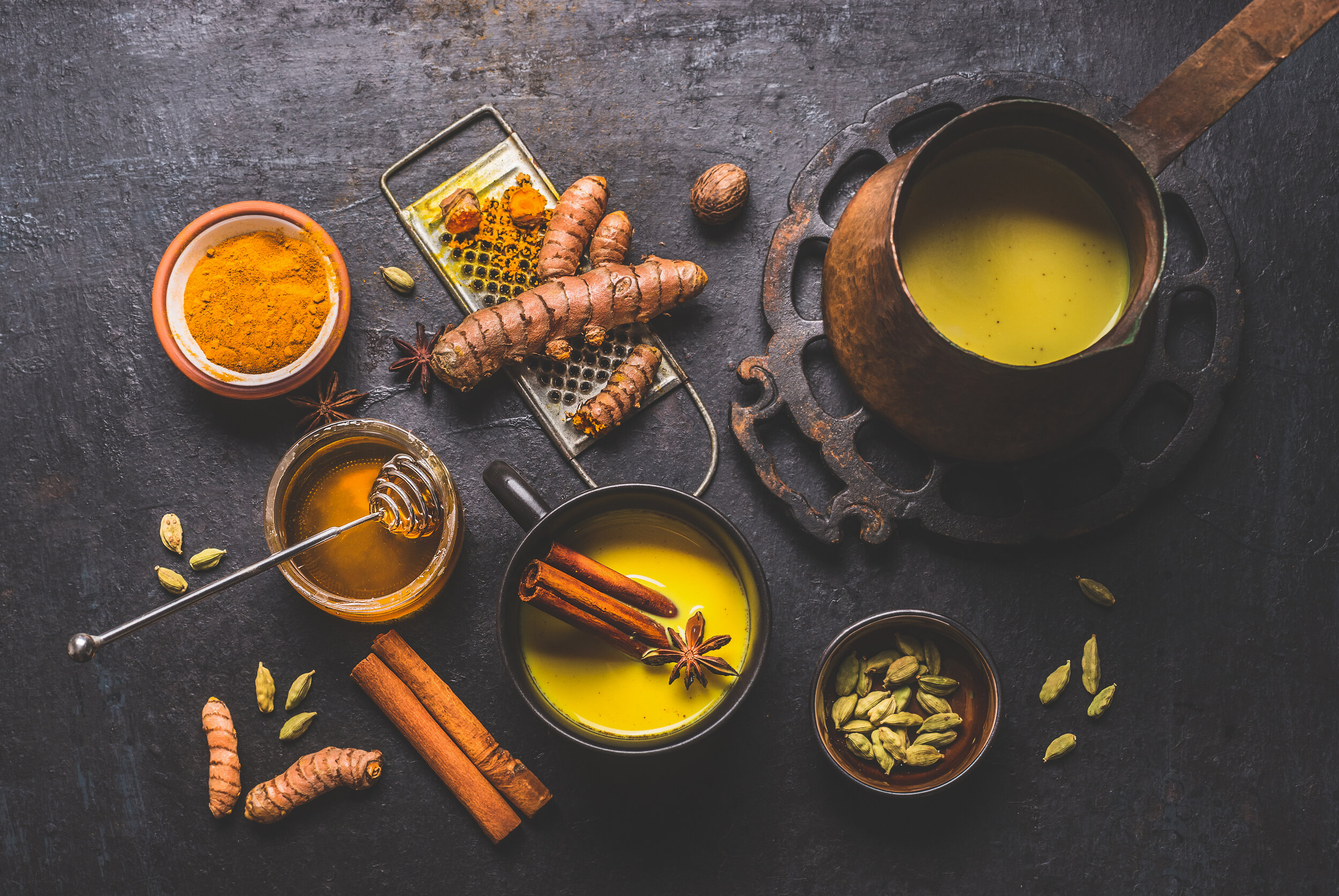
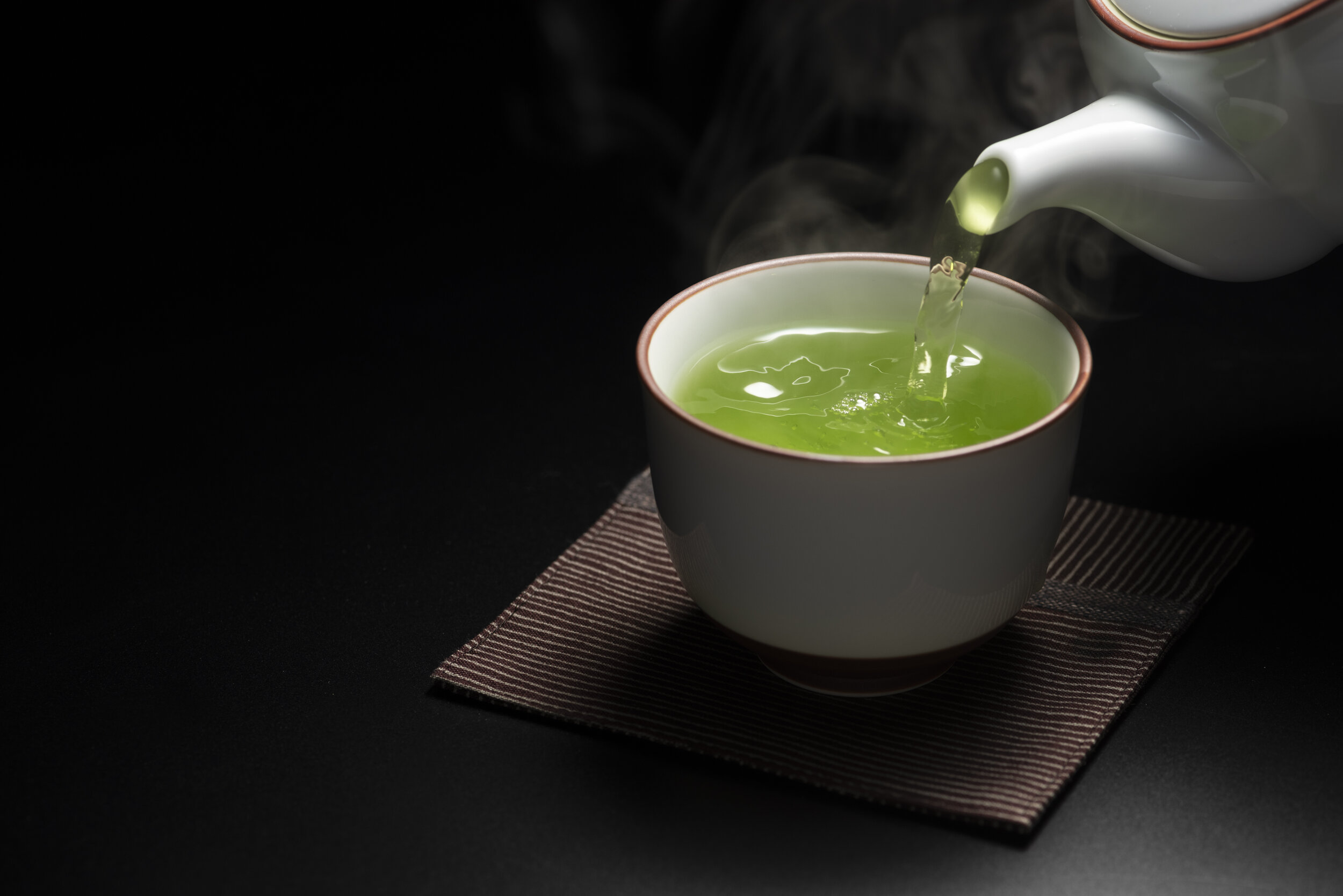
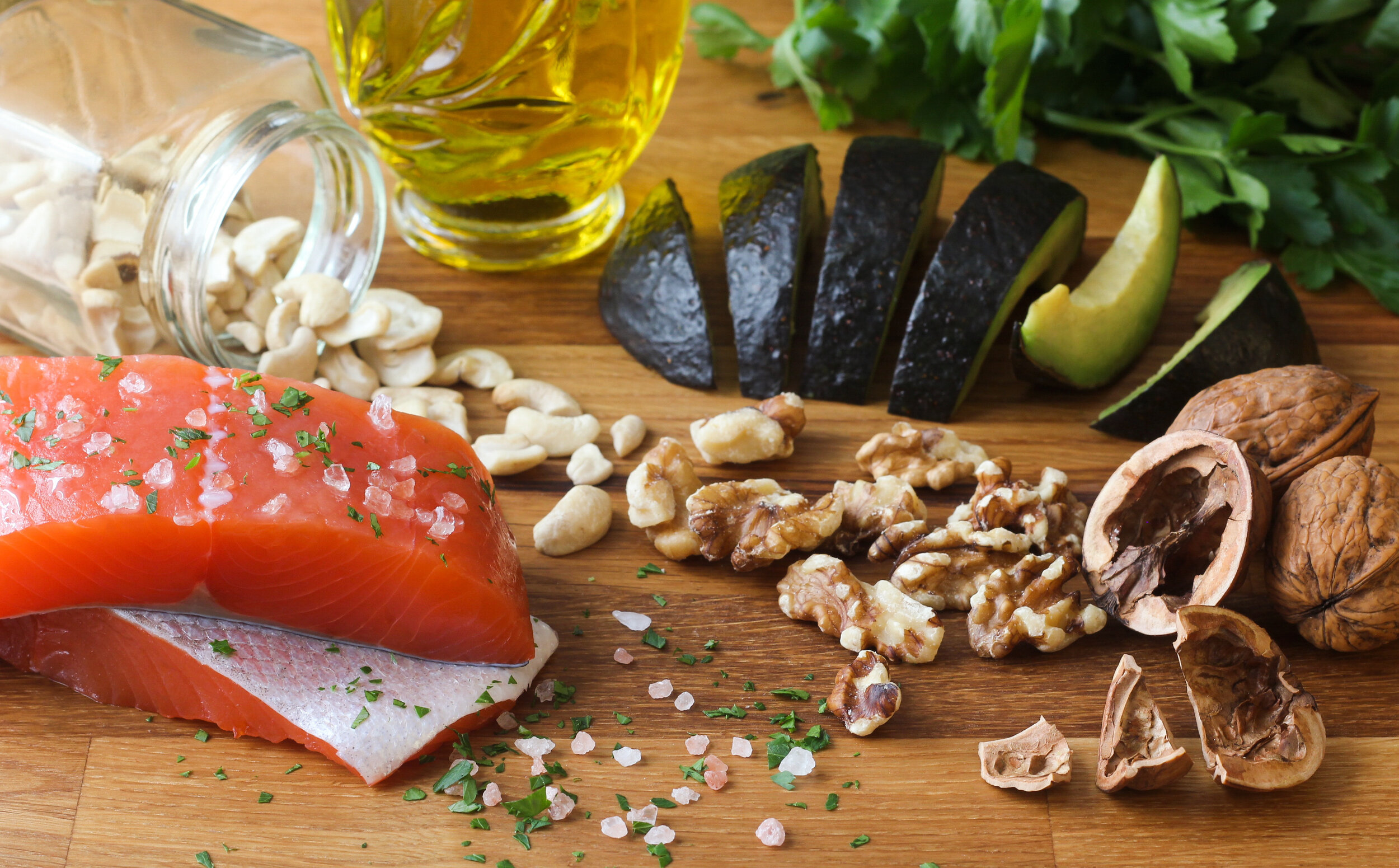
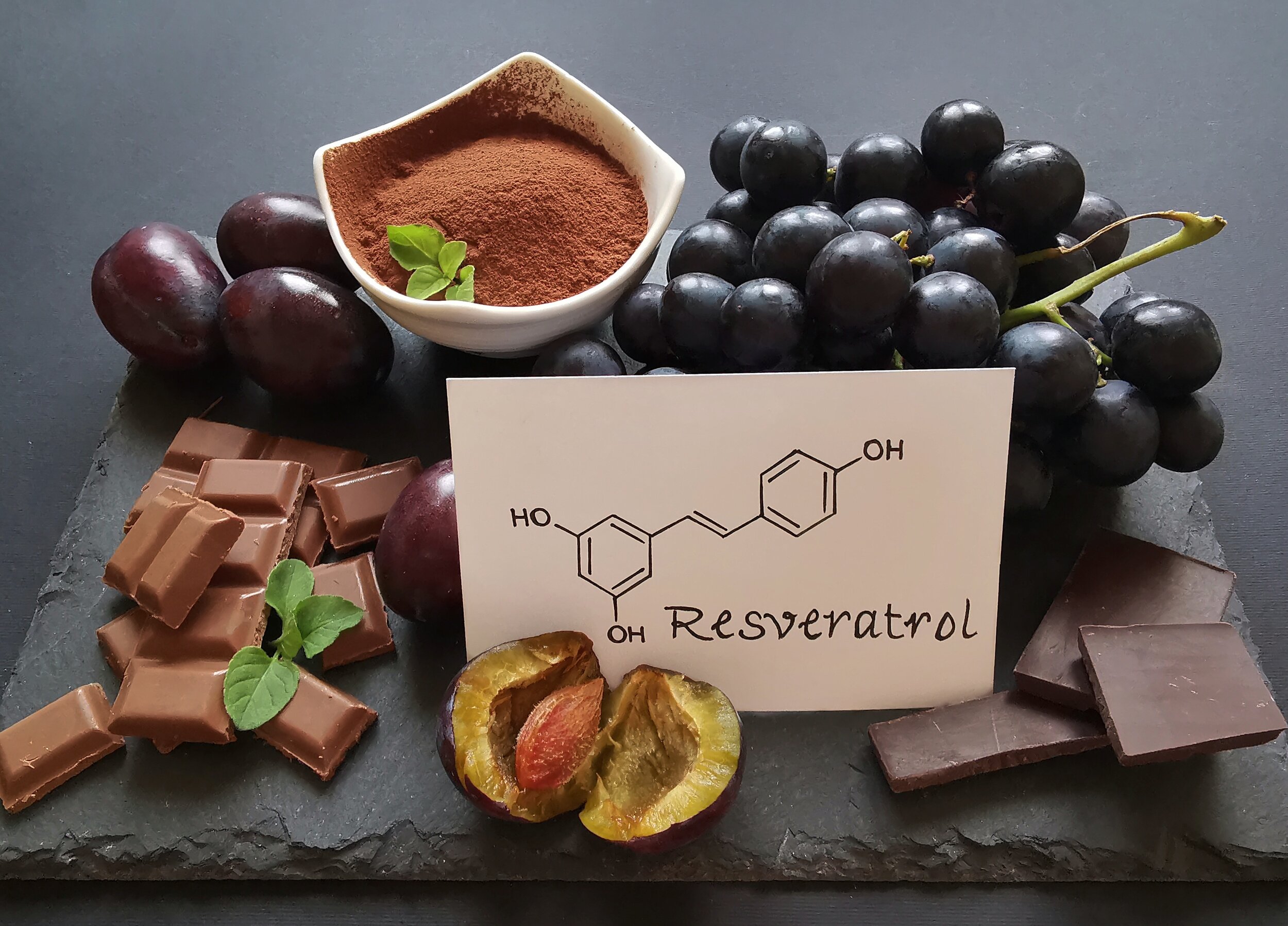
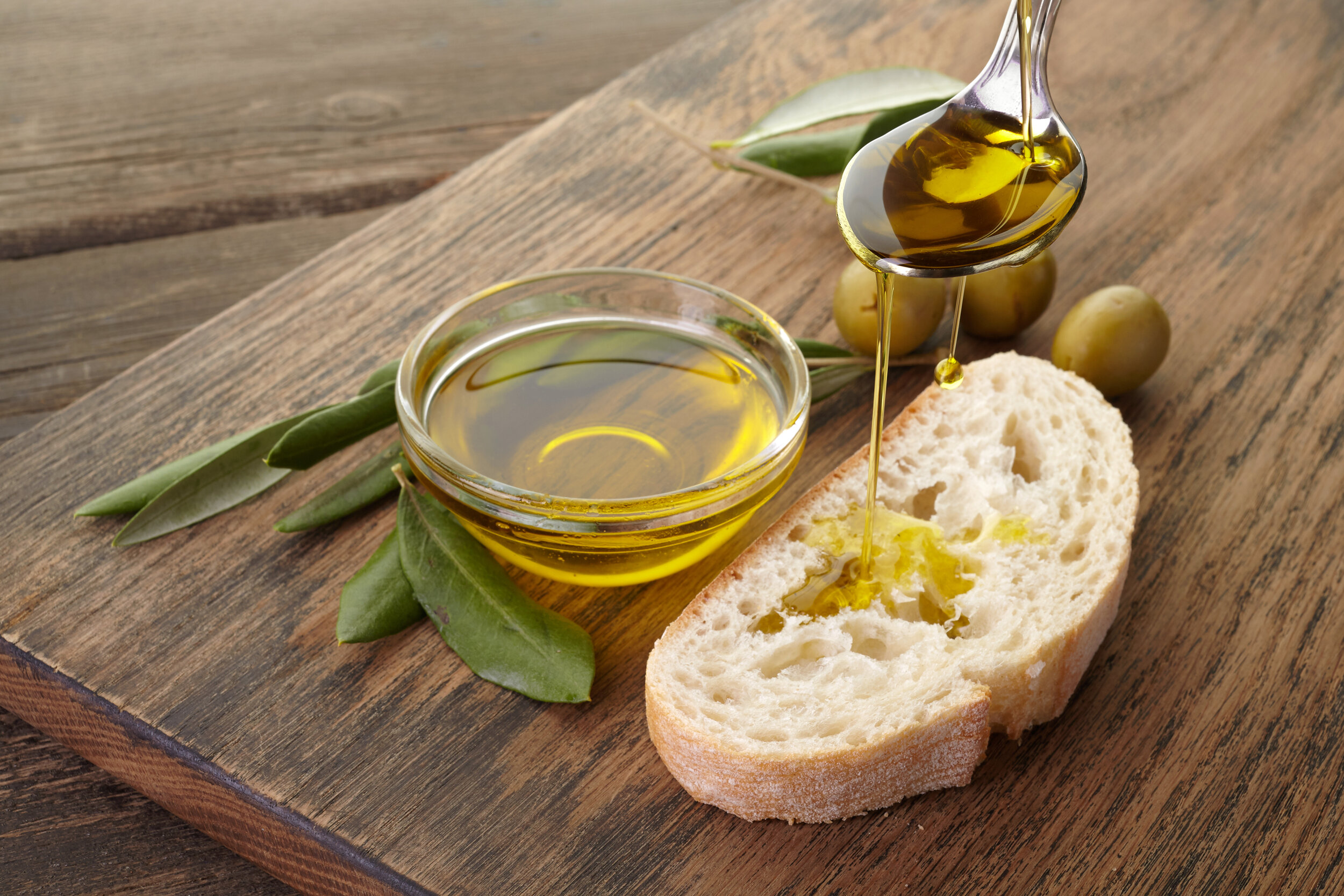
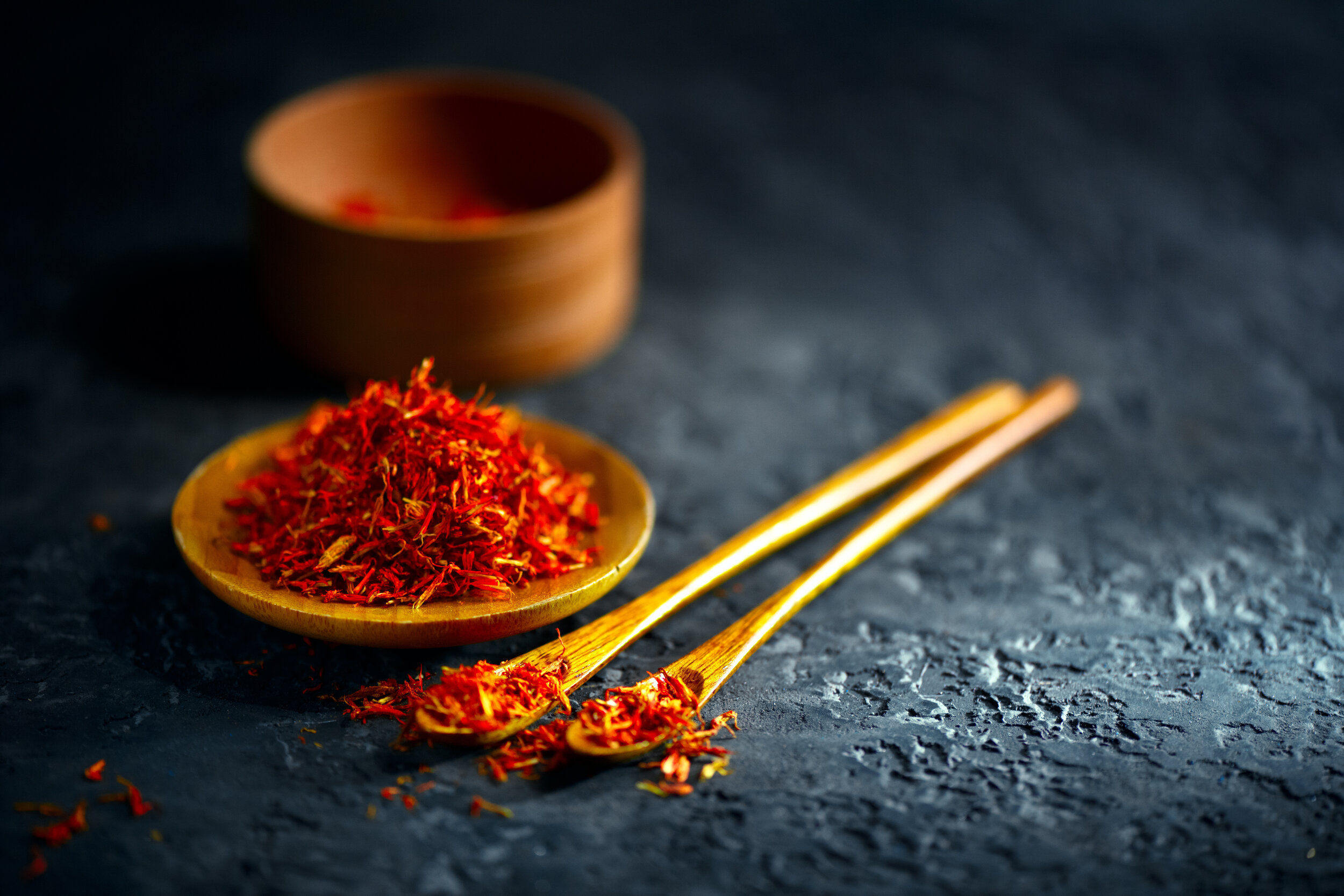
The most beneficial effects on mental health are realized when a nourishing diet is paired with exercise.
Plants
Plants, even indoors, confer many benefits such as:
Lower rates of depression.
Reduced salivary cortisol associated with decreased anxiety and stress.
Fresh air and oxygen!
Take-home points
Seasonal Affective Disorder can present along a spectrum from sub-Syndromal to clinical-grade Depression symptoms.
By addressing the subjects discussed herein, you can proactively mount a Seasonal Affective Defense. Please note this list is not exhaustive.
Integration of changes together (rather than isolating a topic and singularly focusing on it) is recommended for best results.
You can evaluate your seasonal susceptibility to S.A.D. by taking the Seasonal Pattern Assessment Questionnaire here. A score of 12 or above may indicate that professional help is warranted; learn more about scoring here.
As we wrap up an unforgettable 2020, let’s finish it on a positive note by doing our part to optimize outcomes and minimize harm.
I wish you happy holidays - ‘Tis the season (pun intended).
References
https://www.psychiatry.org/patients-families/depression/seasonal-affective-disorder
Sleep-Wake Cycles
Janis L. Anderson, Leora N. Rosen, Wallace B. Mendelson, Frederick M. Jacobsen, Robert G. Skwerer, Jean R. Joseph-Vanderpool, Connie C. Duncan, Thomas A. Wehr, Norman E. Rosenthal. “Sleep in fall/winter seasonal affective disorder: Effects of light and changing seasons.” Journal of Psychosomatic Research. Volume 38, Issue 4, 1994, Pages 323-337.
Light
Avery DH, Kizer D, Bolte MA, Hellekson C (April 2001). "Bright light therapy of subsyndromal seasonal affective disorder in the workplace: morning vs. afternoon exposure." Acta Psychiatrica Scandinavica. 103 (4): 267–74.
Avery DH, Eder DN, Bolte MA, Hellekson CJ, Dunner DL, Vitiello MV, Prinz PN (August 2001). "Dawn simulation and bright light in the treatment of SAD: a controlled study." Biological Psychiatry. 50 (3): 205–16.
Salutations to the Sun
Ni, Meng; Mooney, Kiersten; Balachandran, Anoop; Richards, Luca; Harriell, Kysha; Signorile, Joseph F. (2014). “Muscle utilization patterns vary by skill levels of the practitioners across specific yoga poses (asanas).” Complementary Therapies in Medicine. 22 (4): 662–669
Diet
Magnússon A, Axelsson J (December 1993). “The prevalence of seasonal affective disorder is low among descendants of Icelandic emigrants in Canada.” Archives of General Psychiatry. 50 (12): 947–51.
Neshatdoust, Sara et al. “High-flavonoid Intake Induces Cognitive Improvements Linked to Changes in Serum Brain-derived Neurotrophic Factor: Two Randomised, Controlled Trials.” 1 Jan. 2016 : 81 – 93.
Notaras, M., van den Buuse, M. “Neurobiology of BDNF in fear memory, sensitivity to stress, and stress-related disorders.” Mol Psychiatry 25, 2251–2274 (2020).
Plants
Hall C and Knuth M. “An update of the literature supporting the well-being benefits of plants: A review of the emotional and mental health benefits of plants.” Journal of Environmental Horticulture. March 2019; 37(1).
Hunter MR, Gillespie BW and Chen SY-P (2019). “Urban Nature Experiences Reduce Stress in the Context of Daily Life Based on Salivary Biomarkers.” Frontiers in Psychology. 10:722.




![Melatonin-Serotonin [Converted].jpg](https://images.squarespace-cdn.com/content/v1/5efcaed61bfd5755bf0c4107/1608592290097-U0CUMQND3XTUJ26V4N7P/Melatonin-Serotonin+%5BConverted%5D.jpg)










